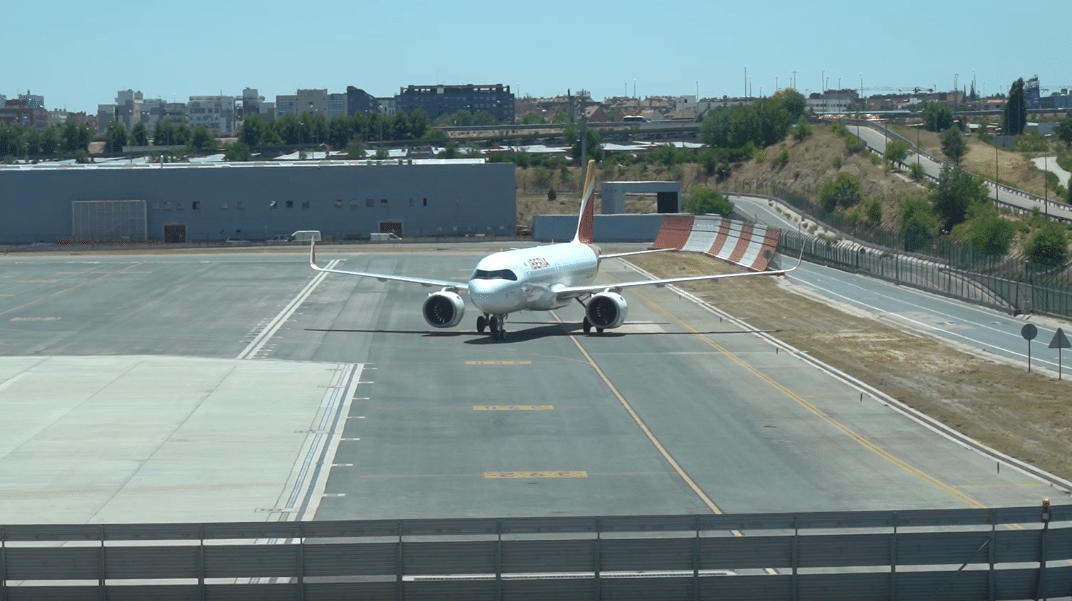
- AIReF proposes replacing the current 75% subsidy with a fixed amount for each route, as well as studying mechanisms to achieve more balanced distribution of the subsidy across income levels
- It conducts a distributive analysis reaching the conclusion that the subsidy is unevenly distributed, under which the 20% of residents with the highest incomes account for 50% of the total subsidy on routes between the Spanish mainland and the Canary Islands
- The routes between Mainland Spain and the Balearic Islands show a somewhat more balanced distribution, although 40% of the population with the lowest incomes only receive 21% of the financial support
- It reveals that prices in the Canarian inter-island market have remained stable in the last ten years, while prices on all the other routes subject to analysis fell by between 30% and 35% in the same period
- It suggests conducting an analysis of competition in the Canarian inter-island air transport market and promoting policies to increase it
The Spanish Independent Fiscal Responsibility Authority (AIReF) today published its ‘Transport Infrastructures’ study from the second stage of the Spending Review, in which it states that the subsidy increase from 50% to 75% has significantly influenced the price increase seen on routes between Mainland Spain and the Canary Islands (12%) and between Mainland Spain and the Balearic Islands (15%). This ticket price increase breaks the downward trend seen for the last ten years and is more significant on those flights with a larger percentage of residents.
Despite this increase, ticket prices have fallen by 47% on average for residents thanks to the subsidy increase, which has led to a public spending increase of 125%. In contrast, the cost for non-residents has increased by 14% on flights between the islands and Mainland Spain. This is particularly relevant in regions so heavily dependent on tourism. This has coincided with an increase in the average percentage of residents on flights in all segments and a deceleration in non-resident passenger growth.
In this context and according to the AIReF study, prices in the Canarian inter-island market have shown the same degree of stability as seen in the last ten years, while prices on all the other routes subject to analysis fell by between 30% and 35% in the same period. Prices in the Balearic inter-island market have fallen in the last decade.
In turn, the distributive analysis reaches the conclusion that the subsidy is unevenly distributed. Half of the population or more in all territories does not fly. The 1% of residents in the Canary Islands and Balearic Islands who took the most flights accounted for 19% and 17% of the subsidy. 10% of Canary Island residents received 63% of the total subsidy and 59% in the Balearic Islands.
When analysing behaviour patterns by residents according to income levels, it is observed that the 20% of residents with the highest incomes account for 50% of the total subsidy on routes between the Spanish mainland and the Canary Islands. Furthermore, the 10% with the highest incomes account for 35% and the 1% with the highest incomes account for 6.3% (13.2 million euros). In contrast, 40% of the population with the lowest incomes receive 17% of the total subsidy.
The routes between Mainland Spain and the Balearic Islands show a somewhat more balanced distribution. However, it is also distributed rather unevenly given that the 40% of the population with the lowest incomes only receive 21% of the financial support. The inter-island routes also show uneven distribution given that the 20% of people with the highest incomes account for 42% and 43% of the subsidy in the Canary Islands and Balearic Islands, respectively.
Proposals
In this context, AIReF proposes replacing the current 75% subsidy of the travel cost with a fixed amount subsidy for each route, as well as studying mechanisms to achieve a more balanced subsidy distribution across income levels for the public financial support to mobility in extra-peninsular territories.
The institution also suggests conducting an analysis of competition in the Canarian inter-island air transport market and promoting policies to increase it. Specifically, it proposes fostering the highest level of competition in these markets by encouraging the entry of new airlines and removing barriers to entry, among other measures. Furthermore, it suggests that the National Markets and Competition Commission (CNMC) should analyse the Canarian inter-island market to determine its efficiency and whether there exists a margin for prices to fall as they already have in all the other markets subject to analysis.






